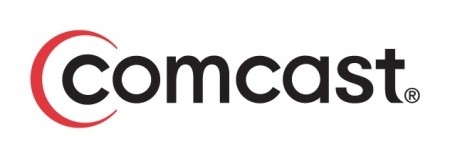It seems the company just wants to do thing different. Of course these differences are just a tad outside the laws. The last time the FCC had them in their sites it was for throttling bandwidth of P2P file sharers.
However there was nothing in their charter or people's contracts that allowed them to do this. In the end Comcast received a heavy fine and had to stop.
They then tried to setup a method for throttling P2P users that was inside the FCC regulations and their charter. Unfortunately while the FCC was visiting to see how things worked it became apparent that they were excluding their own VIOP service but not anyone else's.
If Comcast's throttling is active, rivals to Comcast's VIOP service could see slower page loads, choppy calls and even disconnects. The FCC wants Comcast to explain.
Read more at Fudzilla

The Watchdog has asked Comcast to provide "a detailed justification for Comcast's disparate treatment of its own VoIP service as compared to that offered by other VoIP providers on its network." Comcast has been in the FCC's bad books since it started to throttle the traffic of P2P users. But when it came to look at the cable outfit's description of its throttling system it became alarmed at something else it spotted.
Apparently during times of actual network congestion Comcast will switch on its throttling software. Its rivals who are using its networks might experience slower webpage downloads, peer-to-peer upload takes somewhat longer to complete, or a VoIP call sounds choppy. However Comcast's own VoIP product, Comcast Digital Voice (CDV) apparently has a "separate facilities-based IP phone service" and "is not affected" by throttling software. The FCC wants to know how this is possible.


